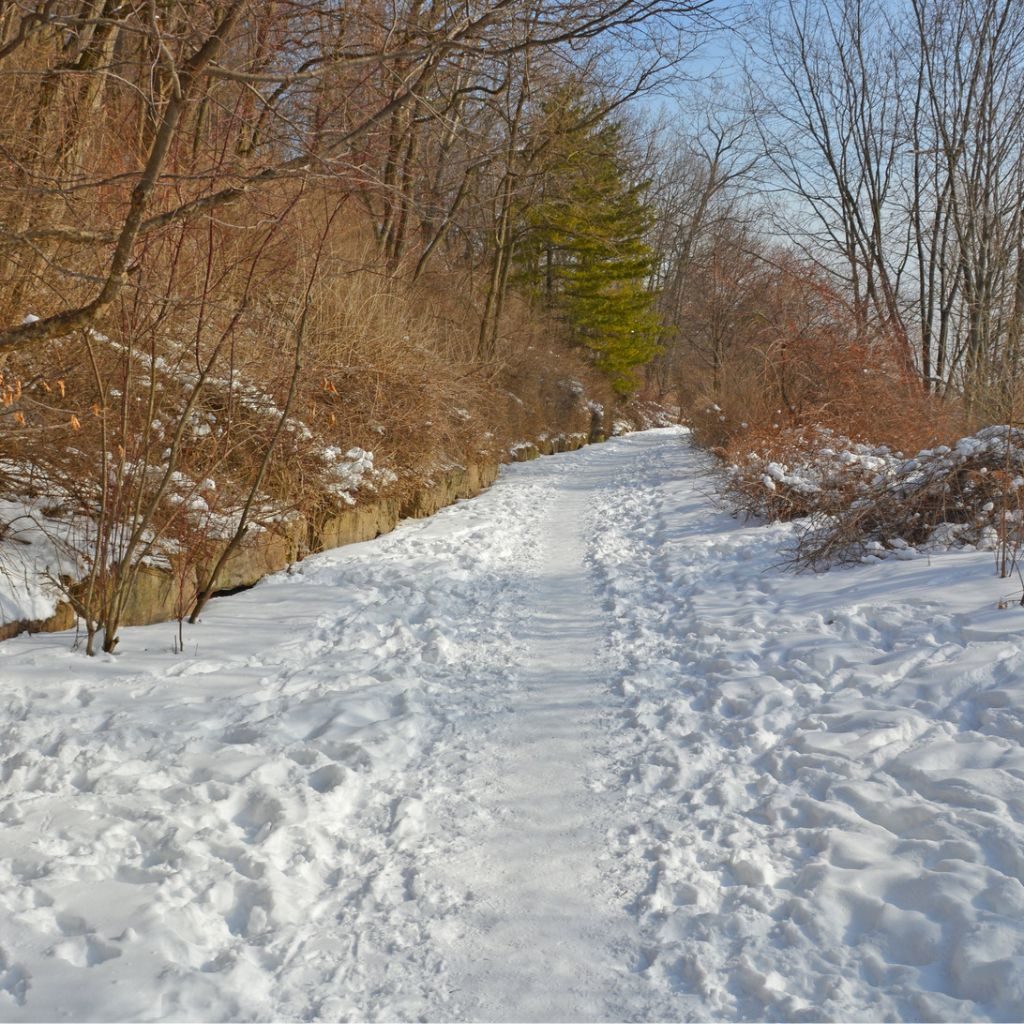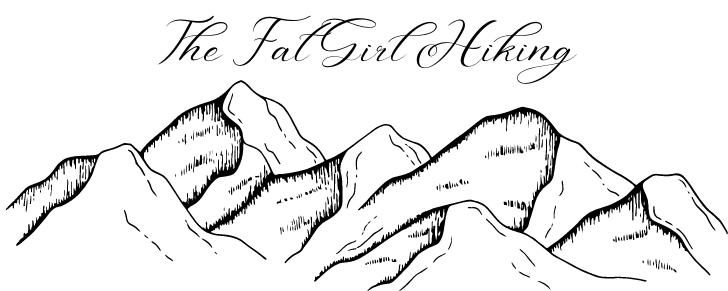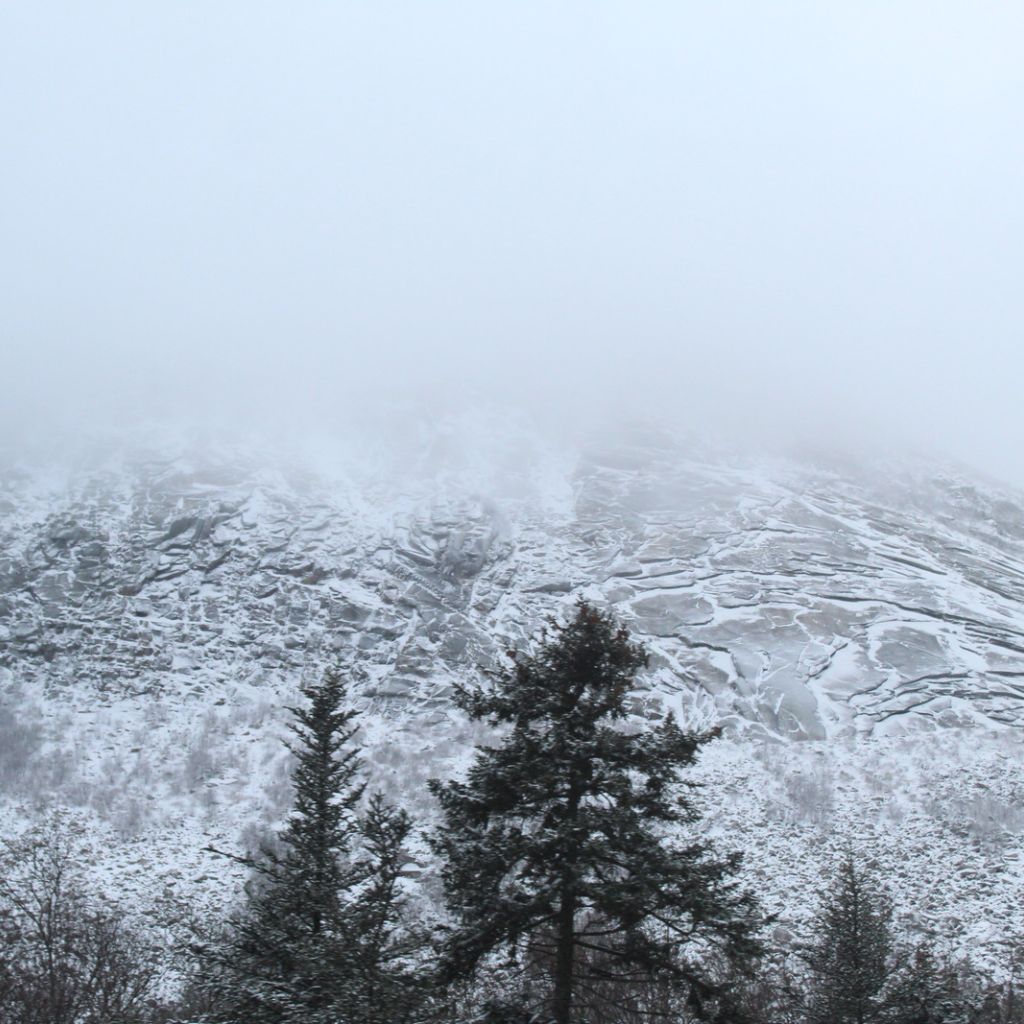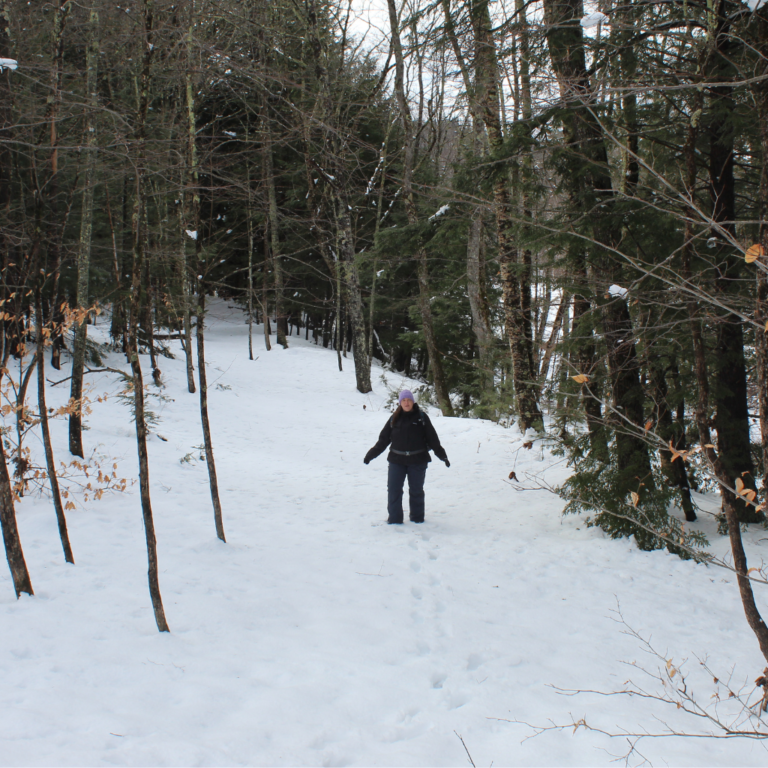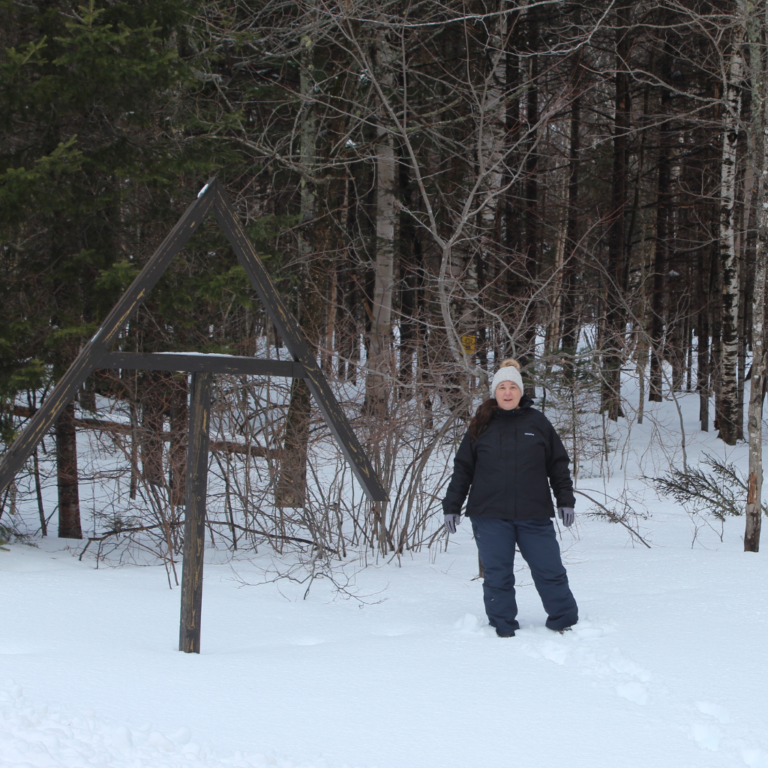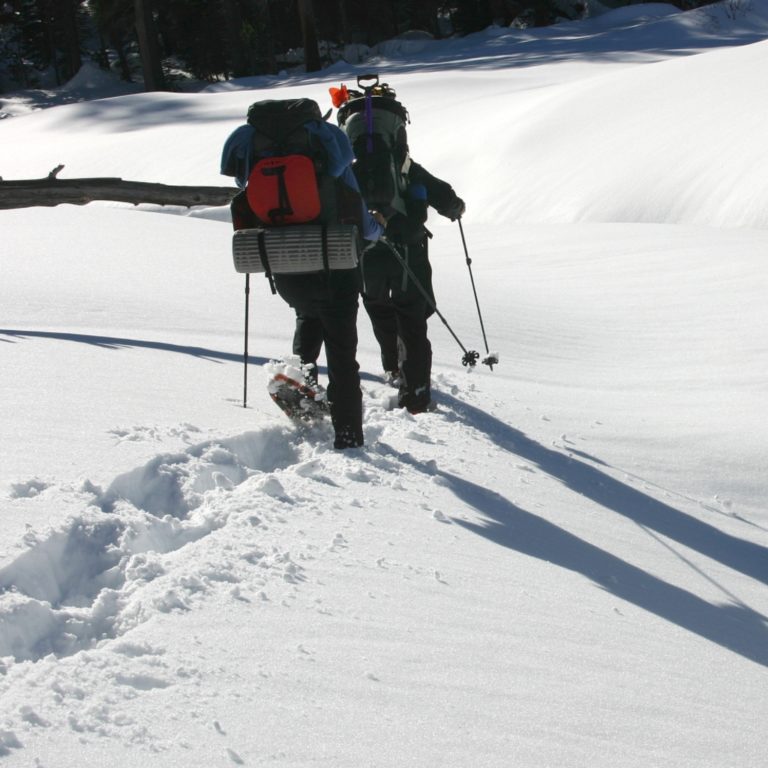Get Excited: Winter Hiking for Beginners Guide 101

Are You A Beginner At Winter Hiking? We Got You Covered!
When I first started out hiking and backpacking, I got hooked FAST! But, every year, when autumn came around, I dealt with post-hiking-season depression because I didn’t want to wait half a year to hit the trail again. Once I became more comfortable with hiking, I decided to dabble in winter hiking and snowshoeing. I finally refused to shove my gear in a closet for half the year. I’ll be honest – winter hiking is different, and it requires an adjustment period, but it ended up being so magical that I just can’t wait to share the experience with all of you.
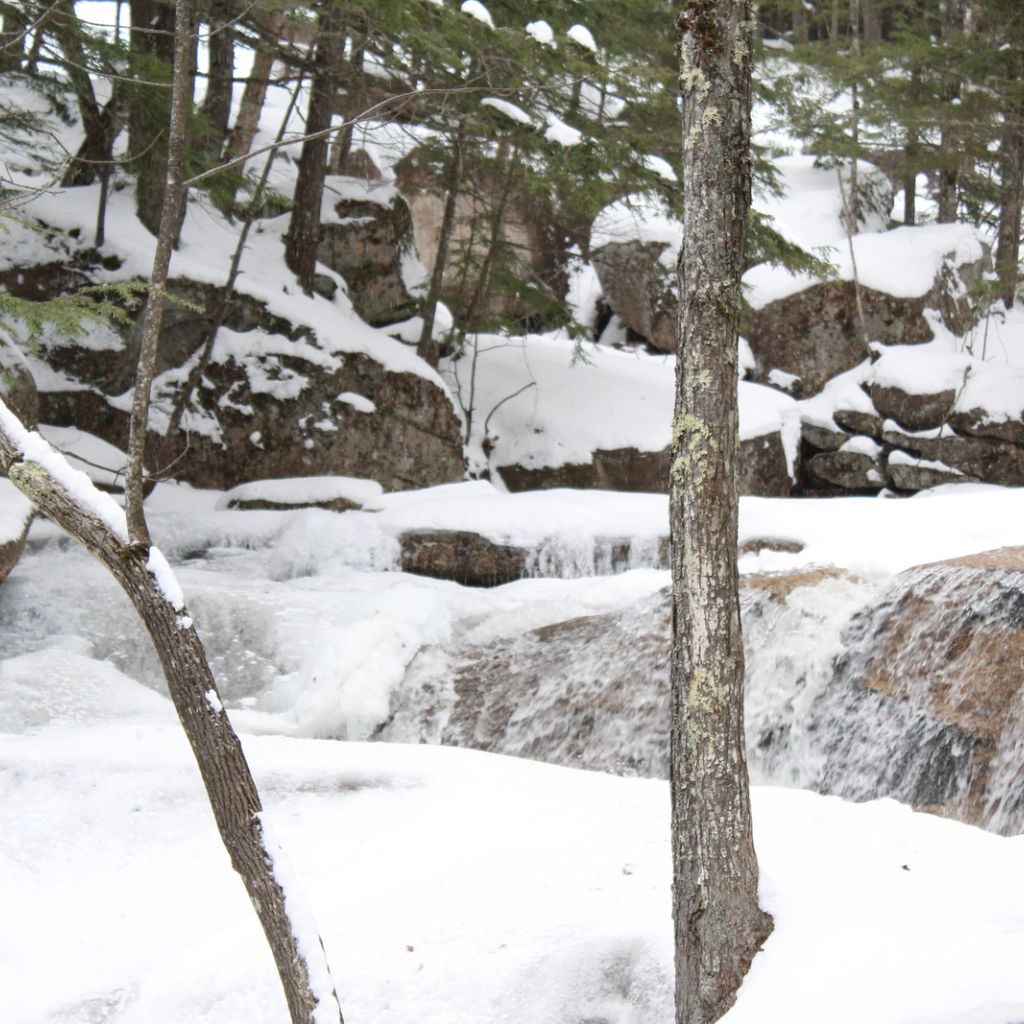
Hiking in cold weather poses new challenges, new adventures, and even sights you can’t imagine. When I started hiking in the snow, I would hike trails I had done before and was very familiar with. While covered in winter magic, those trails looked and felt almost completely new. This seasonal change brings an exciting factor to finding adventure, but it also requires ample preparation.
Benefits of Winter Hiking
If you’re still a bit unsure about trudging through the snow, I hear you. In fact, I can almost hear your voice saying “Jodi, what in the WORLD are you thinking?! Snow? Cold?! I’m not sure if I’m ready for this!” But let me reassure you! With the proper winter hiking gear, preparation, safety precautions, and sense of adventure, you’ll fall in love with all the benefits that come along with winter hiking.
No Crowds
If you’ve ever hiked a popular trail during peak hiking season in the summer, you know how much of a win this is! Lots of people are discouraged by the snow and cold, making winter hiking the perfect opportunity to see nature that feels truly untouched. You don’t have to fight for trailhead parking, wait in long lines to snap a good picture at the ultimate viewpoint, or continuously leapfrog hikers over and over again. It’s quiet, serene, and feels like an escape. I’ve never been more in awe at what our planet can do than when I’m crunching through some shiny snow with the view of snow-capped mountains and a chilly lake down below.
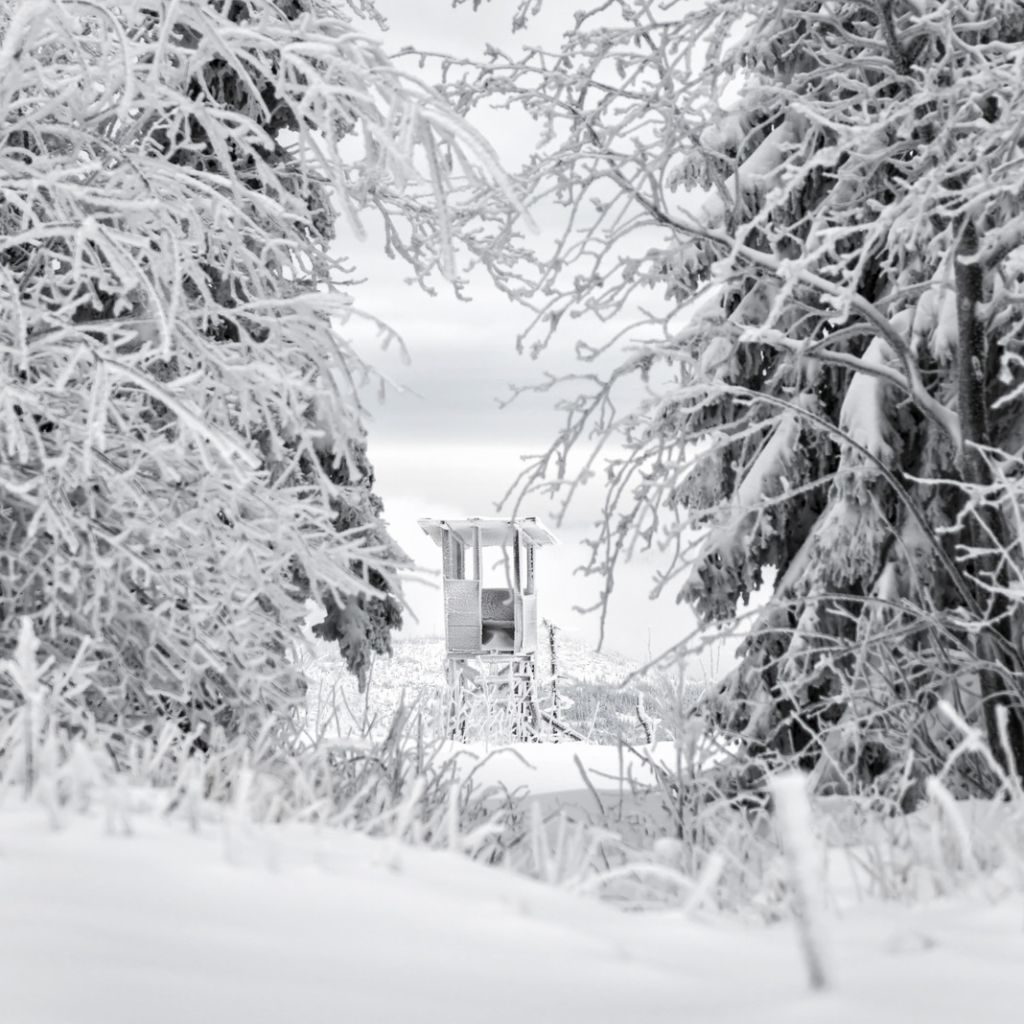
Unique Scenery While Winter Hiking
All of the flowers and greenery that welcome you to the trail during the summer are fantastic. But have you ever seen how the sky and snow glitter together when the sun hits just right? It’s magnificent. The way the world opens up to those that are brave enough to seek it out in the winter is unlike anything I’ve ever experienced. I will say, you have to be willing to slide down a few paths from time to time. And deal with cold hands, but it is hands-down worth it.
Fewer Bugs/Animals
I know that every living thing plays an important role in the earth’s ecosystem. I’m not lying to you when I say that mosquitos are probably the creatures I dislike the most, followed closely by flies. In the winter, all the bugs that bite you and fly in your face during those hotter months are nowhere to be seen. Once you’re rid of the buzzing and slapping sounds as you try to get rid of a pesky mosquito, you can really hear the peacefulness as it envelops you whole.
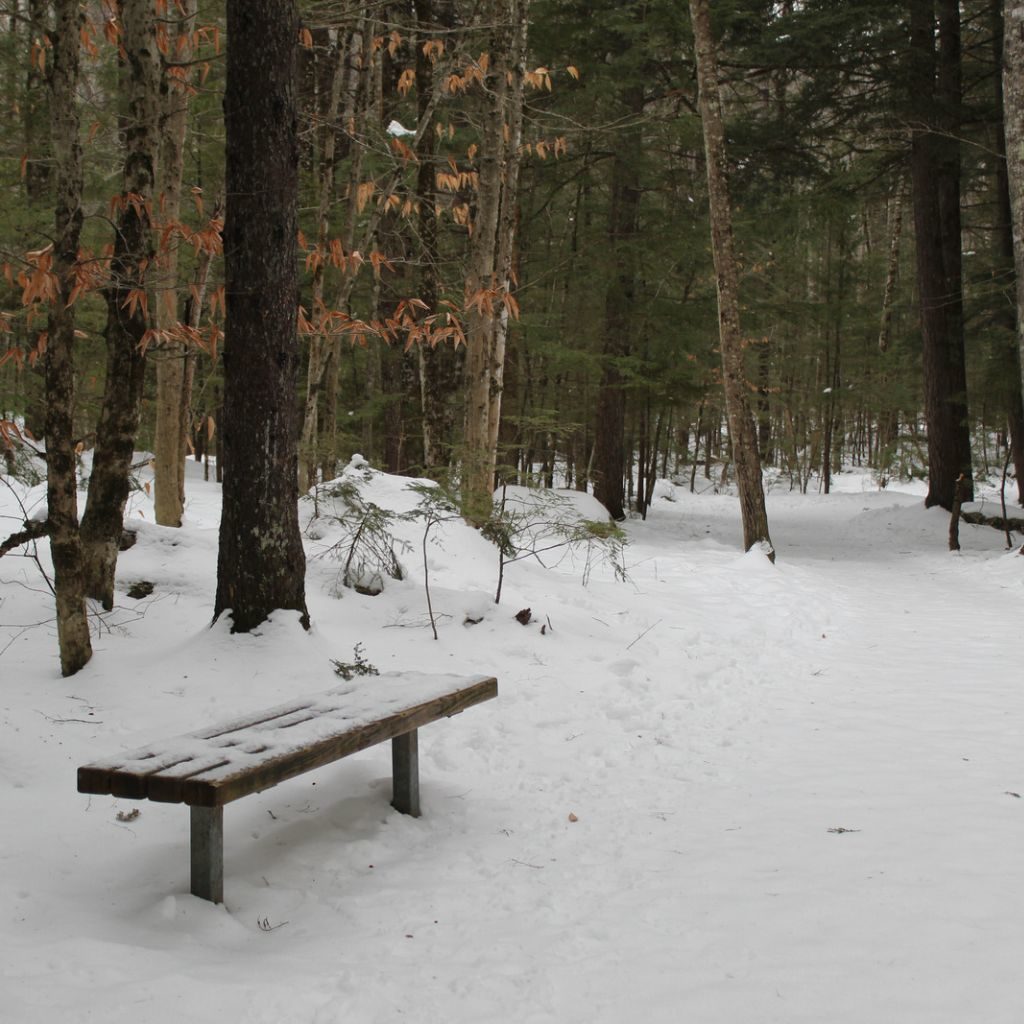
While I love seeing animals on the trail, you have to be very cautious around wild beings. In the winter, most animals are hibernating or spending their days in warmer places. Thus, making it so that you don’t have to worry about a run-in with a bear as much as you might during the spring and summer. This isn’t me telling you to not be vigilant, because you never know what nature can throw at you! But it’s usually a bit more peaceful and isolated from humans and animals alike if you take up winter hiking.
Great Workout Opportunity
I don’t hike to lose weight and I never workout with calories in mind. I work out and I hike because they make me and my body feel good. Hiking makes me feel stronger than any other workout and giving that up for half the year just wasn’t cool in my book. Winter hiking pushes your body a bit harder. This is because you have to keep yourself warm and you often can move a bit faster when it’s colder out.
Fresh Air
The winter doesn’t have to mean that you’re cooped up in your house all day every day. I used to think that it did, but winter hiking opened up a whole new world to me! I can still go on weekend adventures or short hikes during the week. All the while getting that fresh air that I need more than ever. Getting outside is also so good for my mental health. It eases anxieties, releases endorphins, and makes me feel strong mentally, too. Before I started winter hiking, I would slip into a grumpy phase for months until I could get outside more, but not anymore!
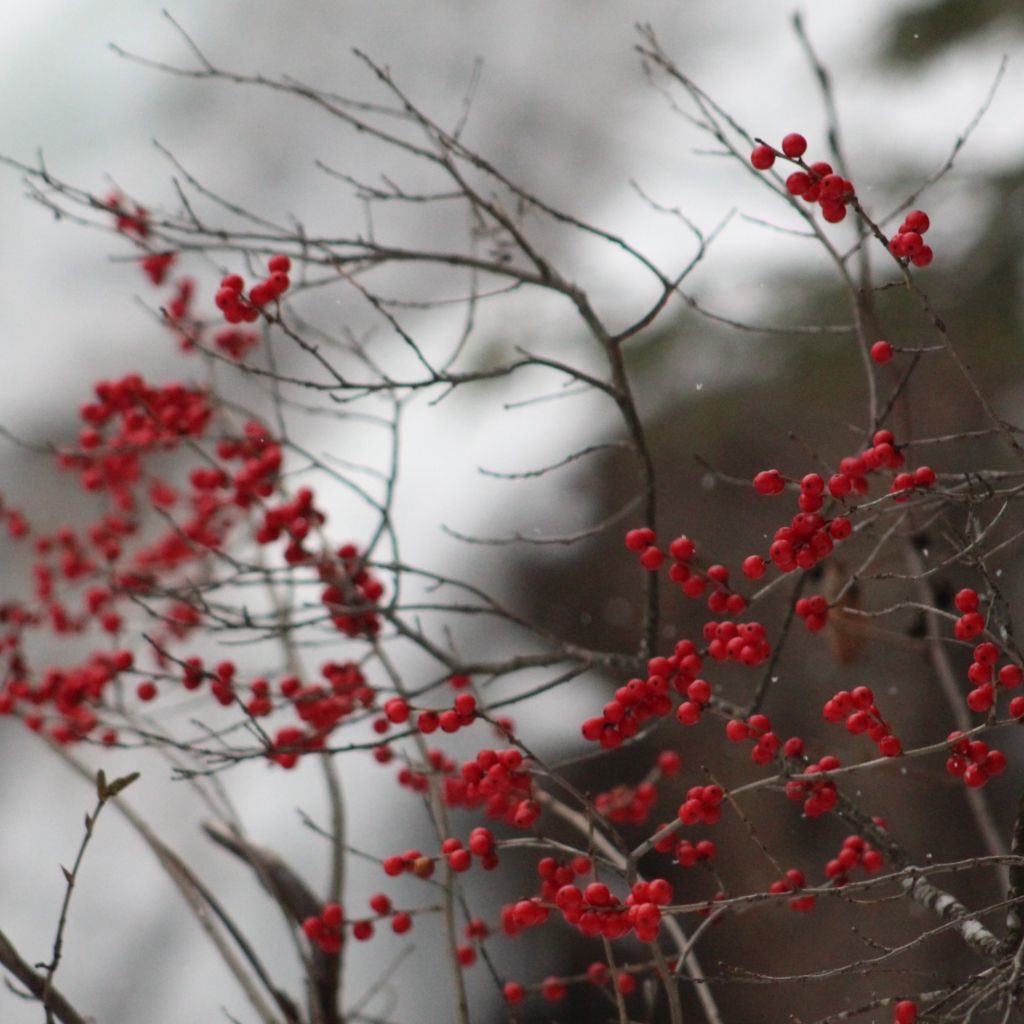
Alleviate SAD Symptoms
Seasonal Affective Disorder, or SAD, hits me and the people I love most every single year. As the days get shorter and the weather gets colder, feelings of seasonal depression are incredibly common. With less vitamin D in your life and an overall feeling of “cold, gray, winter,” life can sometimes feel a bit gray too. When I incorporated winter hiking into my routine, it provided a great way for me to get out of that headspace and stop dreading an entire portion of the year.
Change Your Perception of Winter
You don’t have to hate winter!! I repeat, you don’t have to hate winter!! It is a beautiful season with so much to offer, but you have to be willing to meet it halfway. Now, I look forward to colder days and pulling out my winter gear to get ready for adventures in the snow.
Winter Hiking Gear
You know me; I’m always looking for an excuse to buy some cute new gear for outdoor activities. And winter hiking is the perfect excuse! I’m not saying that you have to go out and spend a fortune, and in reality, I don’t recommend that at all. I’m a huge proponent of pre-loved gear from a thrift shop or second-hand program offered by many outdoor stores, such as REI.
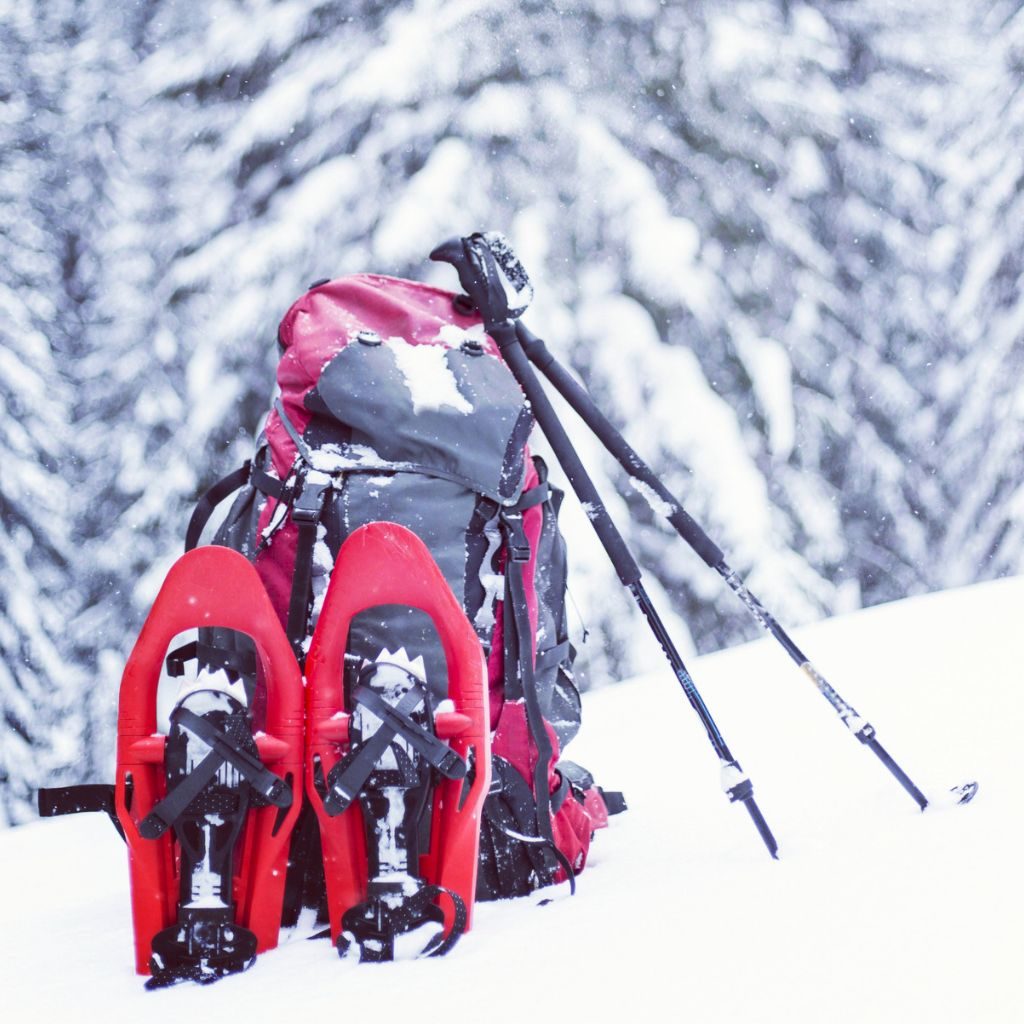
However, the same things that you wore in July probably won’t be sufficient while you are dealing with freezing temperatures. If you’re looking to get some basics to get started, below are my recommendations:
Waterproof Hiking Boots & Socks
If you’re hiking in the snow or the cold, your biggest chance of being safe and actually enjoying the experience is by staying DRY. Even on warm days, walking miles on miles with wet socks or water-logged shoes can be miserable. In the cold, it can be dangerous. Your feet control so much of your internal body heat, so prioritize their safety and comfort. Honestly, if I were to recommend splurging on anything for hiking, it’s footwear.
Get waterproof socks, sock liners, and waterproof hiking boots or shoes. The boots vs. shoe debate is one that runs rampant in the hiking community. And you’ll hear convincing arguments for both of them. Hiking shoes are lighter than hiking boots, but some hikers prefer the structure offered by boots. Alex and I are on opposite sites of the debate. I prefer a lower lighter weight waterproof hiking shoe because my feet sweat a lot and boots cause me issues. Alex on the other hand opts for a hiking boot partly because it has a higher lip which helps keep snow from getting inside your shoe and making you cold. At the end of the day, you know what will work best for you, so go with that!
Layering Items for Winter Hiking
Layering is your BESTIE. Hiking in the cold is so odd because when you start out in the morning, it’s freezing, your body isn’t warmed up yet, and you’ll feel like there couldn’t be enough layers in the world to keep you warm. Once you start ascending and the sun gets warmer, you might be surprised at how quickly you warm up. Being able to add and subtract layers will make a world of difference.
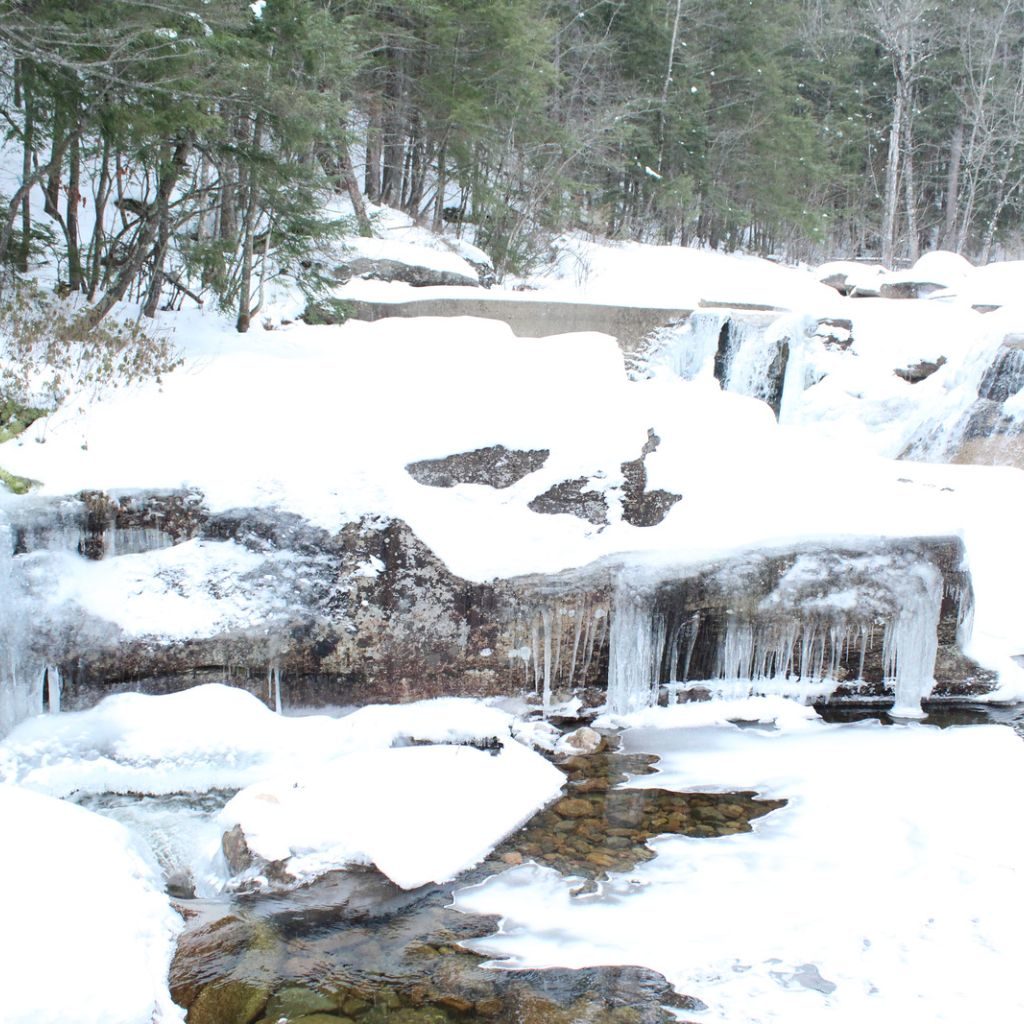
I suggest getting a long-sleeve hiking shirt meant for cold weather. Merino wool is a great option, but any sporting goods store employee will be able to show you their selection of base layers. Then, get another jacket or sweatshirt, depending on the temperature. I like thing puffy jackets because they are super warm and fold up tightly enough to fit in your pack. You can also do a warm sweatshirt or another type of jacket as well. Finally, have a waterproof outer coat that offers plenty of warmth. Even if you don’t wear this the whole time, it can literally save your life if it gets too cold.
Hats & Gloves While Winter Hiking
Rock hats, gloves, neck buffs, and anything you think you’ll need to be comfortable. If you’re wanting to remind yourself just how much of a prepared badass you are, take a few hand warmers to stick in your pockets or shoes and your future trail self will love you. These accessories can also be great sources of sun protection. Remember, just because it’s cold, doesn’t mean the sun can’t wreak havoc on your day if you’re not careful.
What To Pack for Winter Hiking
Aside from what you wear on your body, you’ll need to pack your daypack well when hiking in the snow. Hiking any time of the year can be dangerous and requires planning. But if something goes wrong in the winter, freezing temperatures and the elements can turn lethal quickly. Packing your pack is always a tough balancing act. You don’t want it to be too heavy, but you also don’t want to leave things at home that you might need. If I’m being honest, I probably err on the side of overpacking when it comes to snow hiking. Here are some of my essentials:
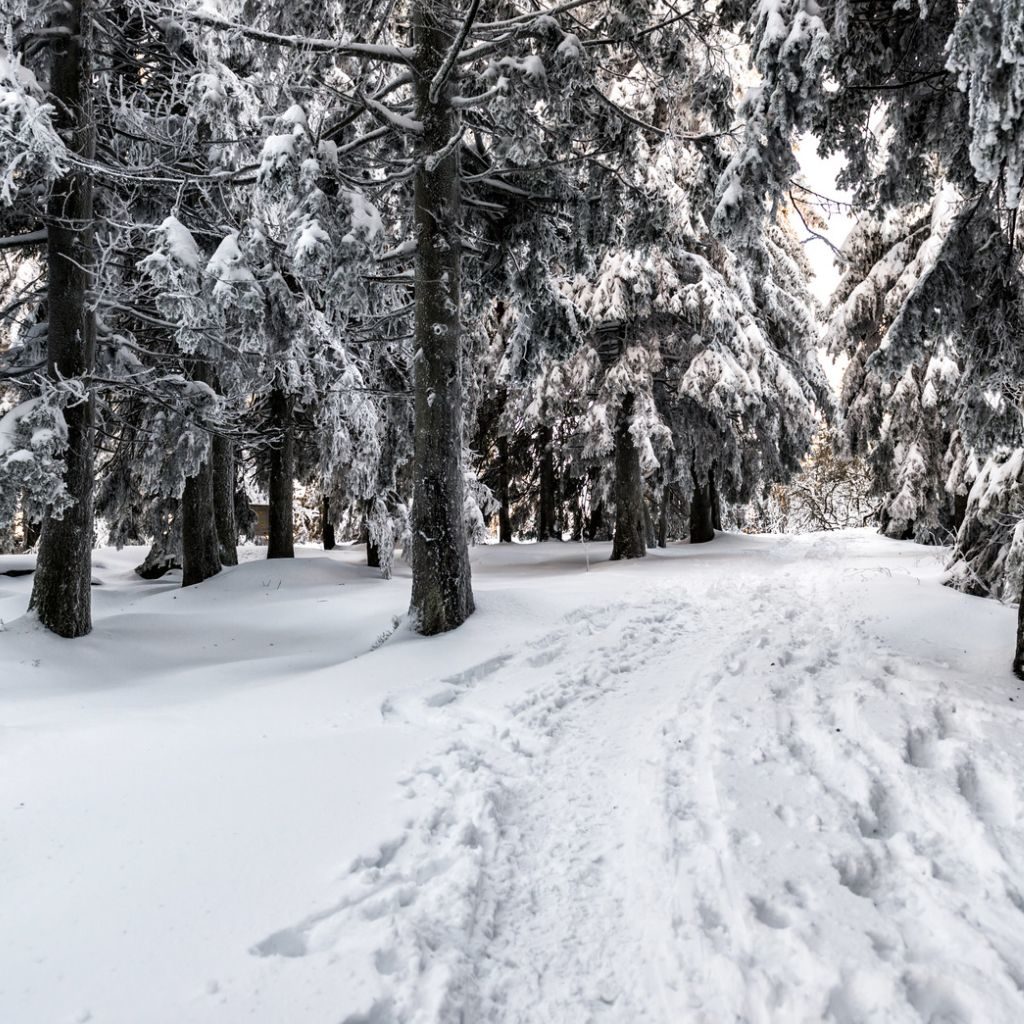
- Microspikes or Crampons: Slipping on the icy ground is best prevented with some type of microspikes that attach to your boots. Even in the summer, I carry these with me if I’m going through high altitudes. And in the winter, I have them on hand no matter what trail in doing. They will help you find traction in the snow and ice like nothing else.
- Sunscreen and SPF Chapstick: I talk a lot about how the sun can be your biggest enemy when hiking, and it’s even more true in the winter. Because the sun reflects off the snow, you often are hit with UV rays from more angles than above. Wearing sunscreen (and reapplying often! Yes! I’m looking at you!) is critical.
- Toe/Hand Warmers: I mentioned this above, but your hiking self will looooove you for this. I always have some on hand in my pack; you don’t need many to make a huge difference.
- Water bottle or bladder: We aren’t in the business of melting snow to drink around here. Unless the situation is dire, so plenty of water is a MUST. Bring an insulated bottle or a camelback, depending on how much water you’ll need throughout your hike. Always bring more than you think you need!
- Headlamp: It gets dark faster in the winter. If you take a wrong turn or get lost on the trail, you could find yourself in the pitch black before you know it. A powerful headlamp could mean the difference between life and death in a sticky situation.
- FOOD: I love a snacky snack! When it’s winter, I bring plenty of them with me, even if I’m just going short distances. You just never know when you’ll need them and keeping your energy up with calories will help your body work better in the cold. Pack whatever you want – granola bars, fruit rollups, ready-made meals, fruit, sandwiches, get creative!
- First Aid/Emergency Supplies: Make sure your first aid kit has an emergency blanket in it. It’s one of those things you hope to never use, but if you need it, you’ll be glad to have it. Also, carry supplies to make a fire if you’re in a pinch. Again, hopefully you don’t need it, but don’t get caught without it!
- Navigation: As much as we love to think our phone can do it all, what if it dies? Or falls in the snow to be lost forever? Keep a GPS system with you such as a map and compass to refer to if necessary.
Safety Precautions
Hiking always comes with safety concerns; it’s part of the sport. Don’t let being cautious scare you. Most often, things go smoothly, but keeping tools in your back pocket in case you need them can be helpful. I’d say that the safety precautions you need to be aware of in the summer still exist in the winter, but the winter has a few additional considerations.
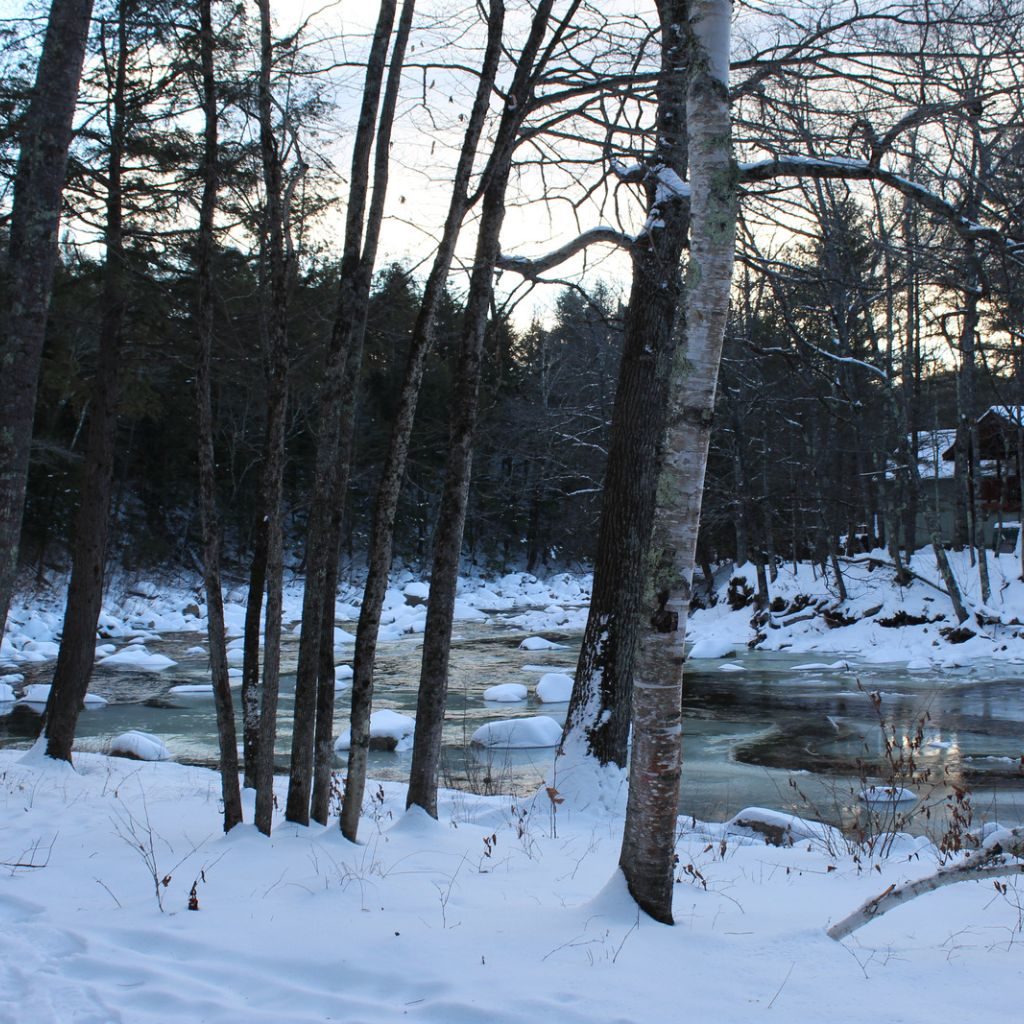
First, dehydration, exhaustion, sun poisoning, altitude sickness, and injuries can happen no matter what the season is. Just like you’d prepare for these in the summer, do the same in the winter. In terms of winter safety precautions, consider the following:
Low Temperatures
Getting too cold can lead to hypothermia, which in bad scenarios, can cause you to lose limbs or die. If you are in the cold for too long without proper protection, your essential organs can start to shut down, so do everything you have to to stay warm. One thing that people don’t realize is the early signs of hypothermia often trick people into thinking they are too hot, causing them to take off layers and make the situation worse. Know the warning signs, bring extra sources of warmth (FIRE!), and listen to your body. If you’re not feeling well enough to keep going, turn around.
Avalanches
The rushing of massive amounts of snow down a mountain can be deadly. Avalanches can happen without warning, so keeping an avalanche beacon with you is always a good idea. Check the avalanche conditions and risk potential on Avalanche.org before you go. If you feel unsafe, skip the hike or explore a different trail.
Winter Hiking & Storms
Mountains often have their own weather systems, and in the winter, they can be difficult to deal with. Watch the weather diligently before you go! Pay attention to storm warning signs while on the trail, and turn back if you feel uneasy. If you do get caught in a storm, you’ll want to have all the essentials in the packing list above with you. Do your best to stay warm and use your critical thinking skills to decide whether it’s best to get back to the trailhead or wait out the storm.
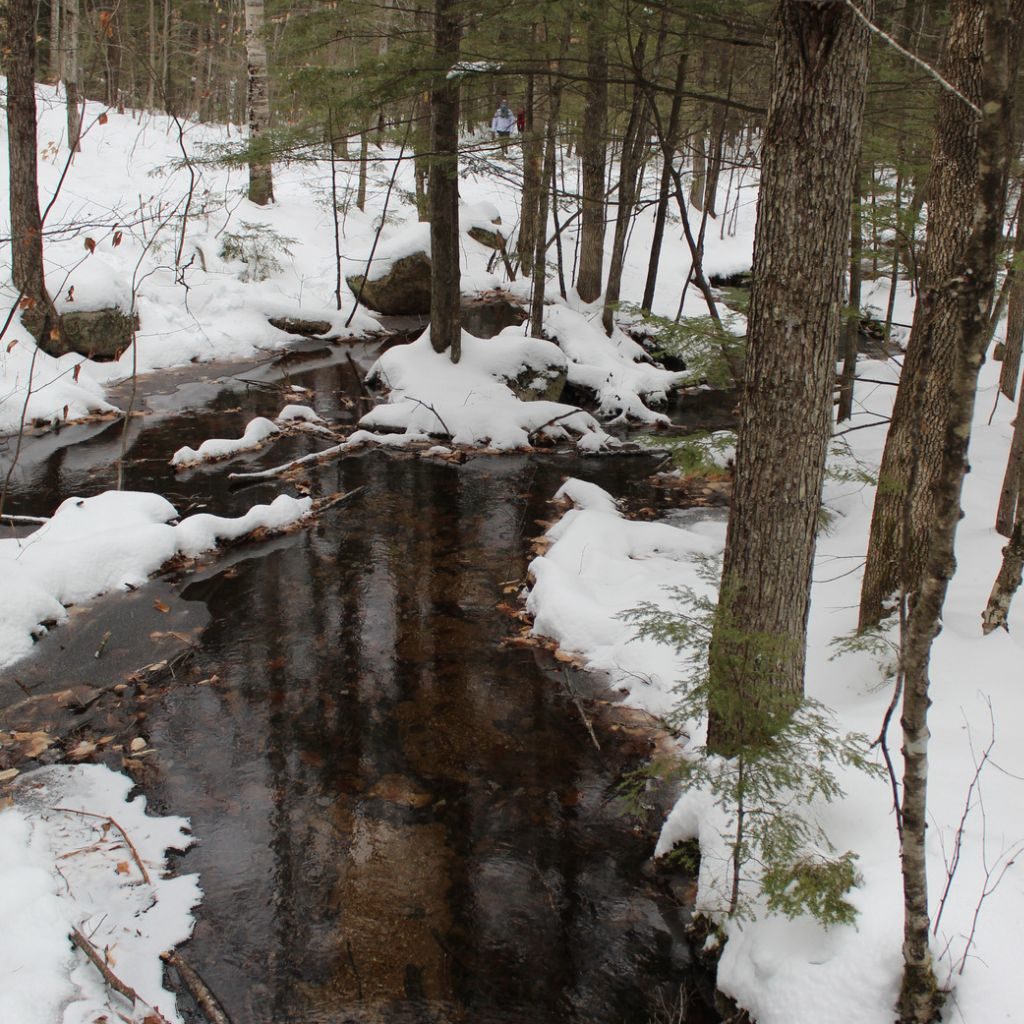
Planning Your Trip
Hey, I love to be spontaneous just as much as the next person. In the summer months, it’s a bit easier to do. Spontaneity and winter hiking don’t go very well together, so even if you’re not type-A (like me) PLAN AHEAD. Plan your route, watch the weather, gather your gear, and tell your friends and family where you’re going and when you plan to be back. Having multiple know your plans is so important, and if you do find yourself in danger, you’ll be so thankful that you told your mom, dad, friend, boss, teacher, dog-sitter, barista, and mechanic. Okay okay, maybe not alllll of those people need to know, but most of them do.
Another reason you should plan ahead is to get a group of friends to go with you! In the warm weather months, on trails I know well, I do enjoy an occasional solo hike. In the winter, I won’t even entertain the thought. Take friends, coworkers, family, whoever, just don’t go alone. The more in advance you plan, the bigger crew you can have, and the more fun (and safe!) it’ll be.
Weather, Weather, Weather
I’ve talked about weather conditions many times in this article, but I figured it was a topic so important that it deserved its own section. Winter weather is no joke, so take it seriously. Research the trail you’re going to, the nearest town, and watch for storm warnings or avalanche risks before you go on your trip. No matter how epic the view is supposed to be, if you put yourself in danger because you weren’t diligent enough about tracking the weather, it won’t be worth it.
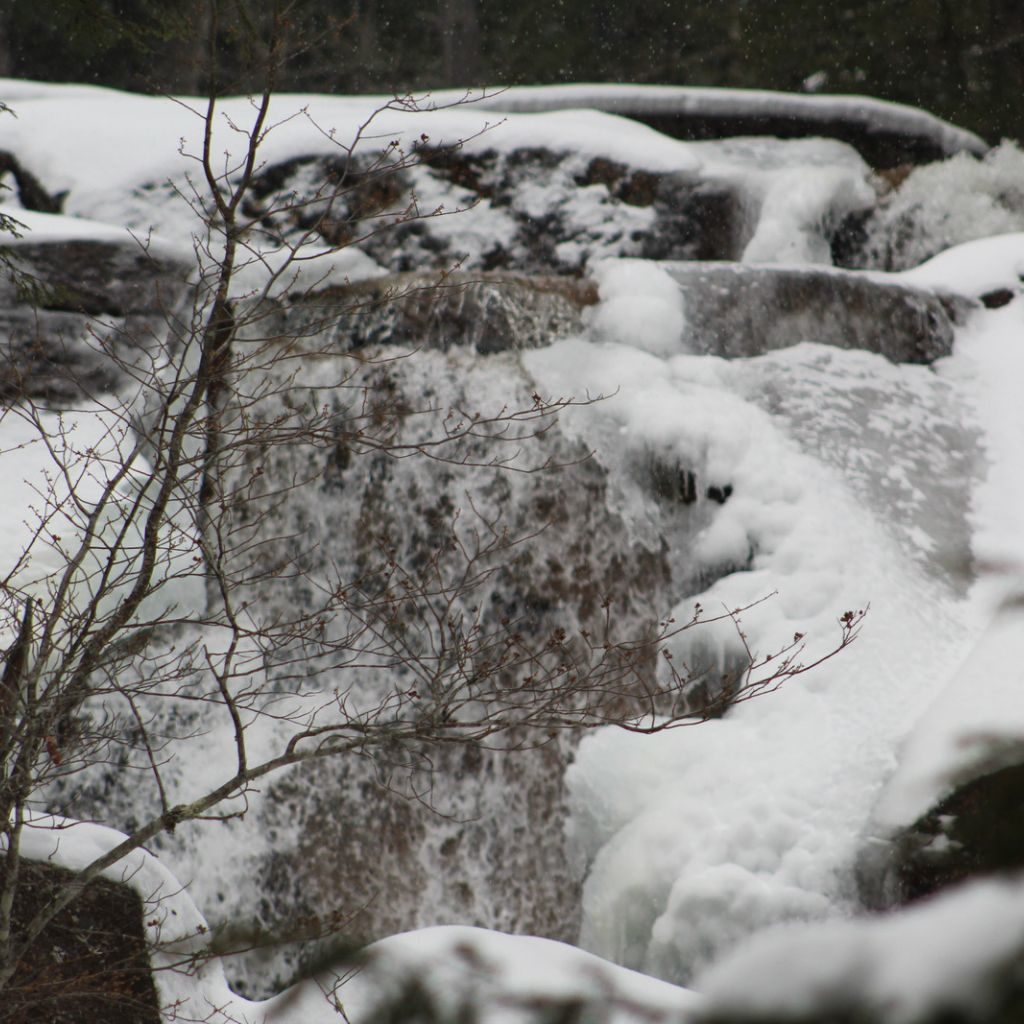
Knowing Your Limits
I say this to everyone who is considering going on a hike, no matter your skill level. You have to be in tune with your body, energy levels, and stamina throughout every hike – it’s non-negotiable. I also think it’s important to note that your body will have different days. Even if you did the same hike last week with no problems, if you get started on a trail and something feels off or you simply feel fatigued, turn around. I know that hiking can be a great opportunity to push yourself and see where your limits are, but I don’t recommend doing that in the winter. Wait for the spring or summer to push it a bit harder, though still do it responsibly.
Getting to the Trail & Home
If there’s snow on the mountain, there is probably snow or ice leading up to the trailhead. I don’t need to lecture you about the dangers of winter driving but making it to the trailhead safely is the first step in a successful winter hiking excursion. Ensure your car is equipped with proper snow equipment such as snow tires and carry extra water and blankets with you at all times. At the end of your hike, try to give yourself enough time to get back home before it gets dark. This can be challenging, but your safety from start to finish is the biggest priority when it comes to winter hiking. No trail is worth endangering your well-being.
Learning to Laugh at Yourself
Seriousness aside, winter hiking is one hell of a humbling experience. You’ll probably slip and fall a few times, struggle with peeing in the snow, and curse how cold your cheeks get. Have fun with the experience, embrace the challenge, and don’t be afraid to laugh at yourself along the way. Having good friends with you can also bring a bit more humor to situations like getting a face full of snow or sliding down a descent on your butt because it’s too icy.
